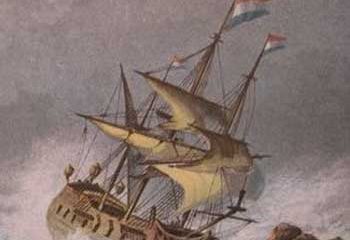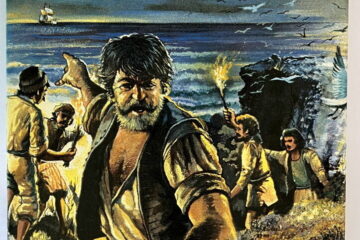Dutch passenger liner Oranje was built in 1939 build by the Nederlandse Scheepsbouw Maatschappij and was at the time one of the most modern ones in operation. However, its operation as a liner was cut short by the war in Europe. The ship was able to flee to Surabaya in the Dutch East Indies, where it basically laid idle.
In early 1941, the Netherlands Government-in-exile offered the ship to the Australian and New Zealand governments as a hospital ship, an offer that was quickly accepted. Initial conversion of the vessel for its new role took place at Batavia, and the work was completed at Sydney.
The Dutch continued to provide medical staff as well as the ship’s crew. After Australia repatriated its wounded military personnel from the Middle East, the Oranje was handed over to New Zealand in 1943. Under New Zealand’s command, the Oranje played a crucial role in transporting and caring for sick and wounded Allied patients.

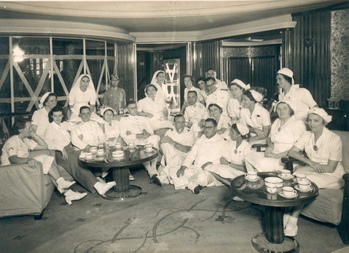
Throughout its service, the Oranje completed over 40 voyages and carried more than 32,000 sick and wounded patients. The ship’s conversion into a hospital ship allowed it to provide medical care and transport for Allied servicemen from various nations.
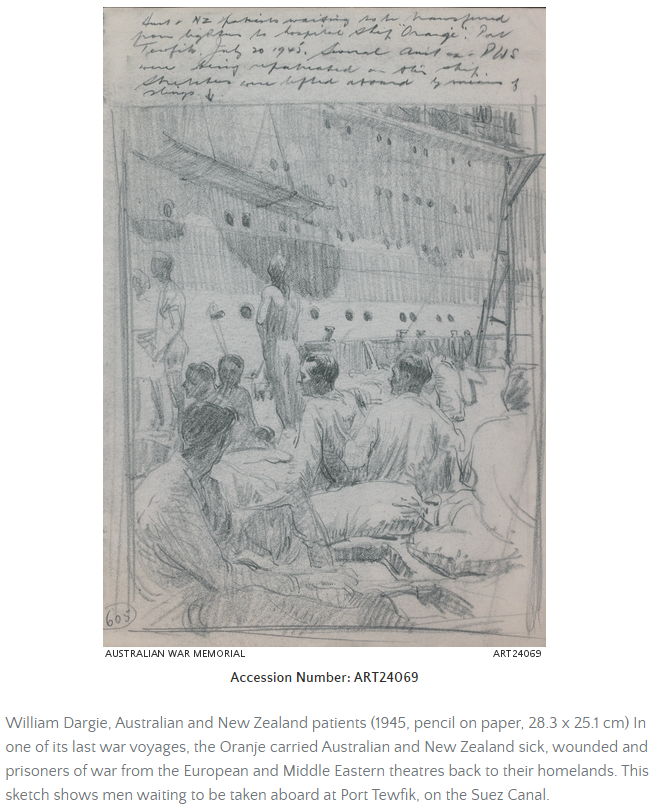
One notable aspect of the Oranje was its speed. At the time, it was considered the fastest hospital ship in the world. Its speed (26 knots) was a crucial factor in swiftly transporting patients to medical facilities for treatment and care.
After the war she was used to repatriate many Dutch internees from the NEI to the Netherlands.
The Oranje’s operations as a hospital ship demonstrated the international cooperation and support among Allied nations during World War II. Its role in evacuating and caring for wounded soldiers highlights the importance of medical services in times of conflict and the efforts made to ensure their availability and efficiency.
After the war the Oranje returned to Amsterdam and was refitted as a luxury passenger liner. It made regular trips between Amsterdam and Batavia, as well as visiting Australia and New Zealand.
On January 6, 1953, the the MS Oranje and the Dutch passenger ships Willem Ruys, collided in the Red Sea. At the time, it was common for ships to pass each other closely to entertain their passengers. However, during this incident, the Oranje approached abruptly and quickly, while the Willem Ruys unexpectedly changed direction to the left, resulting in a collision. The Oranje sustained significant damage to its bow. Concerned that the ship might be impounded for safety reasons, it bypassed its scheduled stop in Colombo and proceeded directly to Jakarta. The Willem Ruys suffered less damage. Thankfully, no lives were lost in the collision. It was later determined that miscommunication between both ships contributed to the incident.
In 1964, the Oranje was purchased by the Italian company Flotta Lauro Line and underwent extensive renovations, becoming the luxurious Angelina Lauro. The ship operated between Europe and Australia/New Zealand before being refitted once again as a Caribbean cruise ship managed by Costa Line. Tragically, in 1979, a fire broke out on the Angelina Lauro while berthed in the US Virgin Islands. Although most passengers and crew were safe, the ship was declared a total loss. Sold for scrap, it began to sink during transit and ultimately sank three days later.
Picutres below are from the archives of the Royal Netherlands Navy.

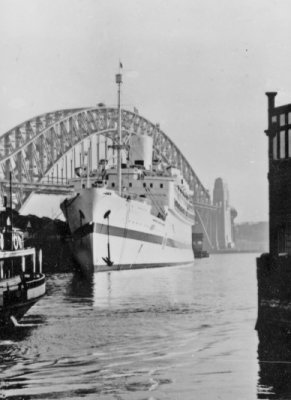


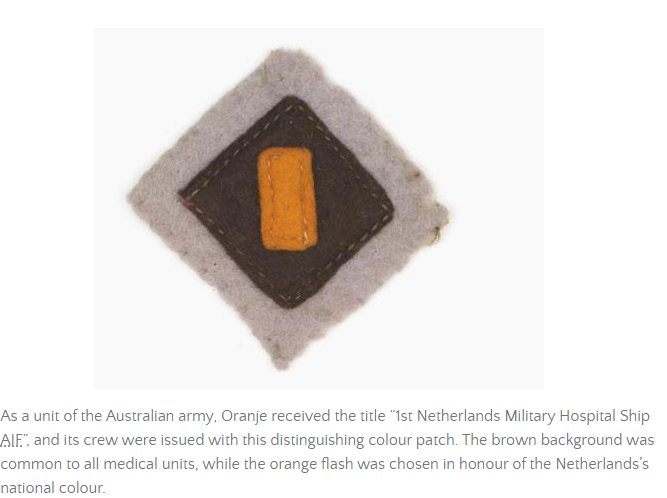

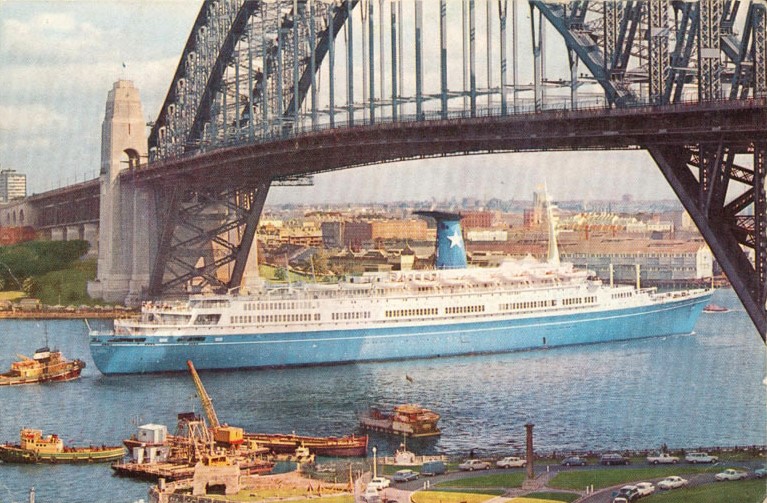
See also:
Allies in adversity, Australia and the Dutch in the Pacific War: Hospital ship Oranje

